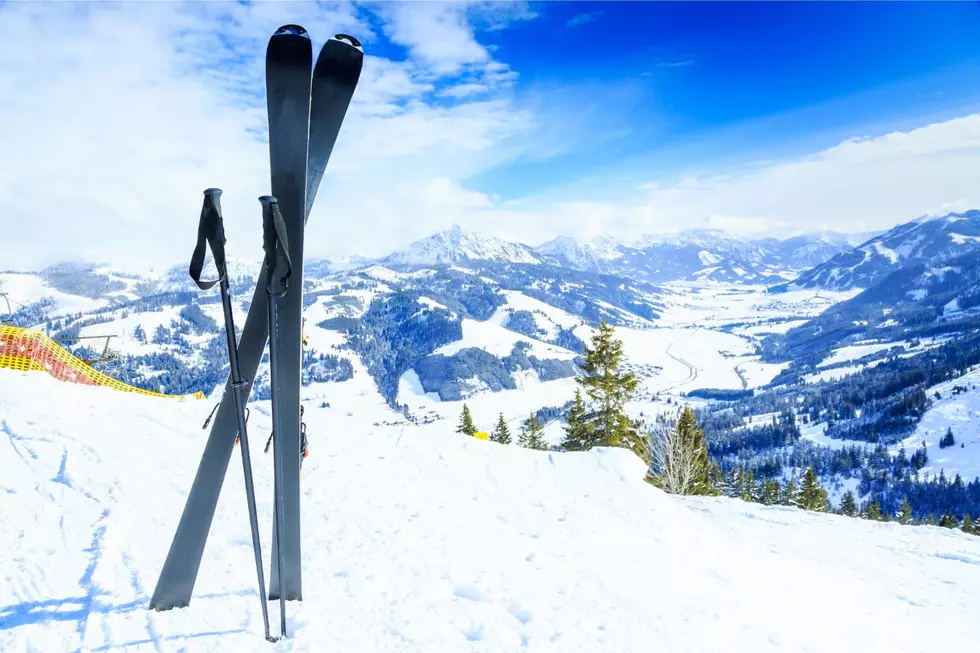
CNN Reports ‘Black Ice’ is Caused by Car Exhaust
I was watching a CNN report on the 'Big Freeze of 2014' on Tuesday and correspondent Erin McPike explained that black ice is caused by 'sub zero temperatures combined with car exhaust." Car exhaust?
I had to rewind the TV just to make sure I heard it correctly. Sure enough, that's exactly what she said.
She's not alone, there are a few blogs online that say the same thing, believe it or not.
[SEE VIDEO OF CNN BELOW]
The fact is, black ice is actually formed when a thin layer of moisture, usually in early morning, forms over a road, bridge or overpass and freezes. Because the ice is clear, it takes on the color of the pavement. Obviously, the reason it's called 'Black Ice' is because the pavement is usually black.
McPike also quoted AAA in her report.
AAA does refer to 'Black Ice' when they warn people of slippery road conditions; but, nowhere could I find any reference to it being caused by auto exhaust.
• Watch for black ice. Although it is mostly invisible, pavement with black ice will be a little darker and duller than the rest of the road surface. It commonly forms on highly shaded areas, infrequently traveled roads, and on bridges and overpasses. - AAA Mid-Atlantic
ScienceBuzz.org goes a bit more in-depth when explaining the cause of Black Ice:
Black ice is a type of ice that is usually thin and forms without bubbles inside, making it harder to see. Because of its transparency, it usually takes on the color of whatever it is on, making it doubly hard to see and a hazard to drivers, bikers and walkers.
Black ice on roads is most common at night or in the early morning when temperatures are at their lowest, and before the sun has had a chance to warm the road surface. It can be mixed in with a wet road, and it can be hard to tell the difference between a road that is wet and a road that has black ice. Black ice can form more easily on bridges and overpasses as the very cold air can cool both the top and the bottom of the road at the same time, causing it to cool below freezing more quickly. Black ice can form from any source of moisture – light rain, meting and re-freezing snow or any other source of moisture on a road surface.
I guess to be fair, it might be possible that on a busy highway with very, very slow moving traffic, with enough condensation coming out of everybody's mufflers, black ice could form on the road. However, the friction caused by the heavy traffic on the macadam would most likely eliminate the chance of black ice forming.
I'm pretty sure the chances of this happening are pretty slim.
Watch the video from CNN:
###
More From WIBX 950









